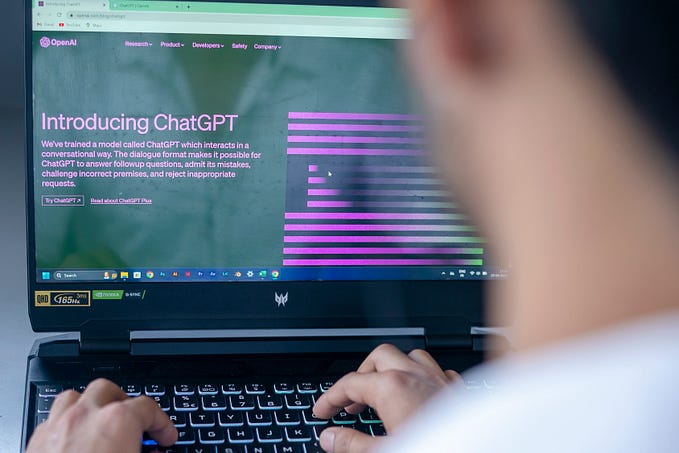Fake news, the relationship with social media

With many reputable news outlets using social media platforms to distribute their content, some audience members have become adapted to trusting the information they consume on social media. This, however, does invite the possibility of the spread of fake news.
Fake news is inaccurate information that parallels the form of regular news content, according to a guide created by the Cornell University Library. The guide continues to explain how fake news is fabricated information, not information or news that you disagree with.
When fake news is originally posted on social media, it is easily able to be reposted to expand past the following base of the original account that posted the misinformation. These viral posts can go beyond misinformation and become harmful, especially when the fake news regards public safety.
An example of this can be with the coronavirus pandemic. During March 2020, viral social media posts were spreading fake news about coronavirus tips, according to the Houston Chronicle. Some of these tips included holding your breath to gauge infection status and suggesting that water could kill the virus.
Another way that social media can help distribute fake news is through the search engines. Due to the nature of social media, most people can post their own, potentially inaccurate content. Many social media platforms’ search engines can direct users to inaccurate information, according to NiemanLab. Fact-checking information is a possible solution that platforms, companies and users can take to avoid further spreading fake news.
Social media consumers can take steps such as reading beyond the headline and verifying the author and publisher of the news information before they share posts. This can help further recognize and be aware of fake news, according to the HuffPost.










